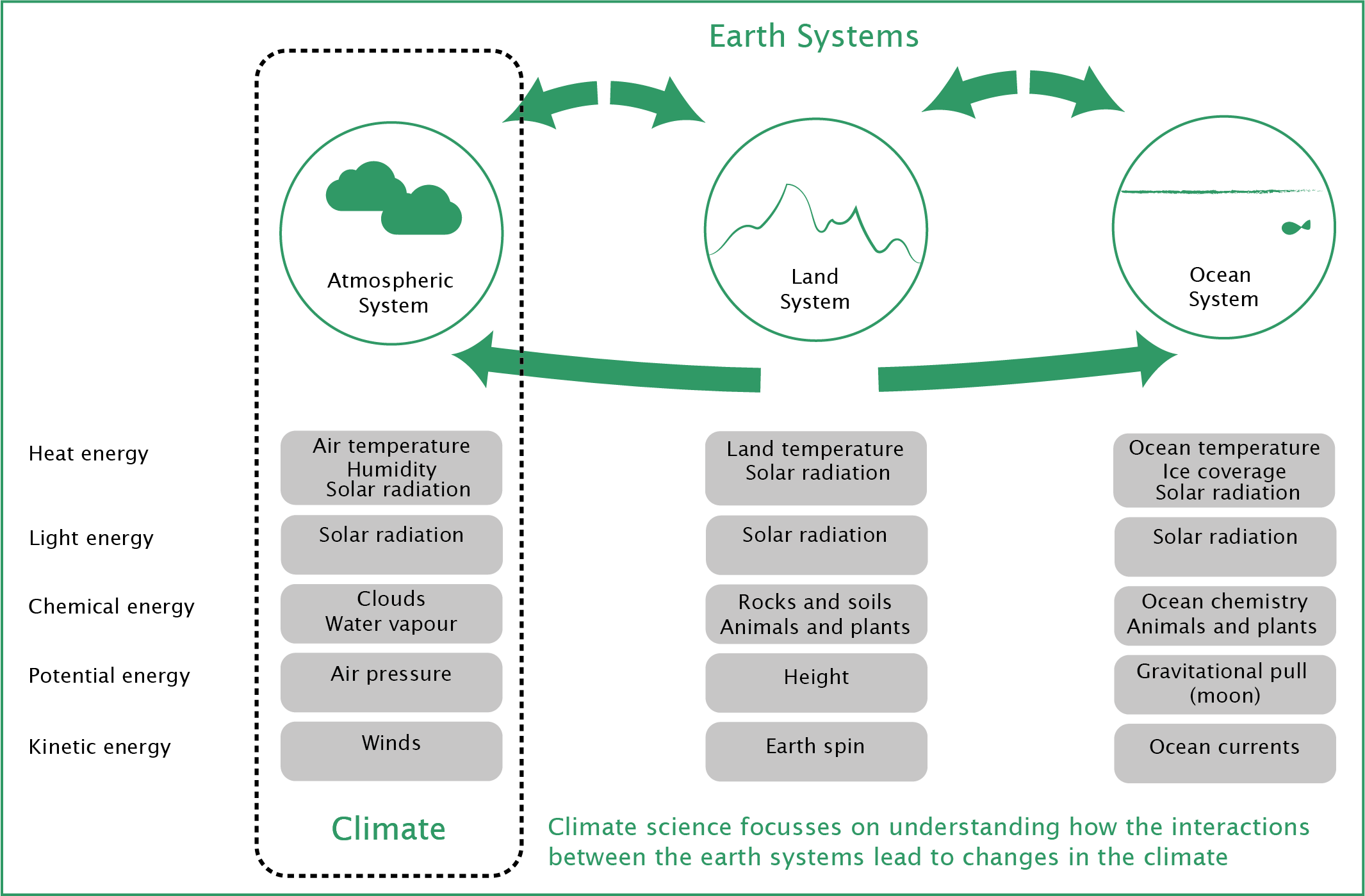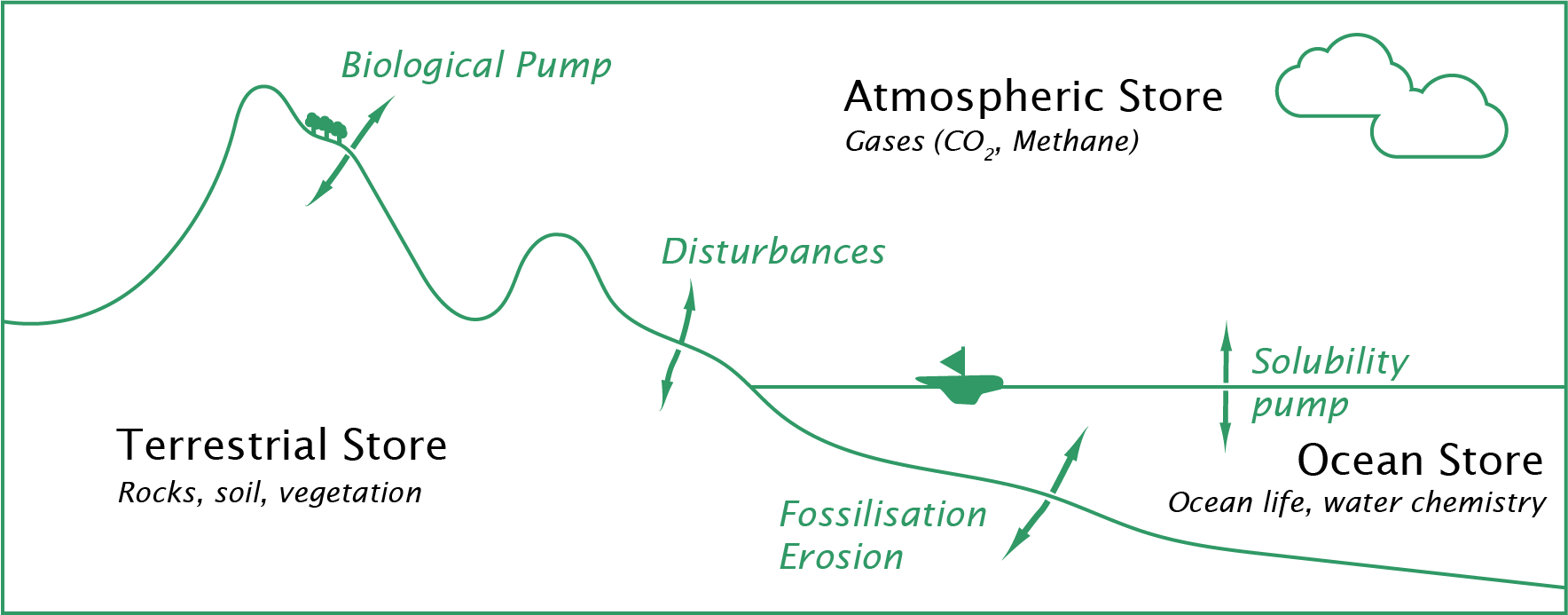Over the earth's history, climate change has been caused by natural cycles and events and by human activities.
Since the industrial revolution, the impact of human activities on our climate has rapidly accelerated, and has been the principal driver of changes to our environment over that timeframe. Human activities, in particular the release of greenhouse gases such as carbon dioxide since the industrial revolution, are causing global temperatures to increase due to the 'blanket' effect that these gases have on the atmosphere, a process called the enhanced greenhouse effect. These temperature increases, and in particular the rate of change of temperature, are having significant impacts on the environment more generally.
Prior to the industrial revolution, natural processes were the principal driver of climate change over timeframes of millions of years. This caused periods of cooling (ice ages) and warming (interglacials).
Our planet is made up of three systems: the land, the oceans and the atmosphere. The climate changes as a result of a shift in the way in which the ocean, land and atmospheric earth systems interact with each other. The earth receives energy from the sun, some of which is transformed by the earth systems in order to support life (for example through photosynthesis), to provide heat and light, and some of which is reflected or emitted back into space. Each earth system stores energy in the form of chemicals (such as coal on land) or heat, and there exists an ongoing transfer of energy between each system; in addition to the input and output from the earth as a whole. Any change in the energy input, storage reserves in the land, oceans and atmosphere, or energy output has an effect on climate. This is shown in the diagram below
Earth System Energy Flows

Changes to the interaction of these systems can be driven by natural factors, such as variations in the sun's radiation; or by man-made factors, such as the release of carbon contained in the land system (e.g. that contained in fossil fuels) to the atmosphere.
The element carbon naturally flows between the earth, oceans and atmosphere in what is known as the carbon cycle (shown in the diagram below). The operation of the carbon cycle is key to understanding climate change: carbon in the atmosphere acts as a blanket, trapping the sun's heat energy in the earth system. Any changes to the stores or flows of carbon between stores therefore has the potential to dramatically effect the earth's climate.
The Carbon Cycle

The key flows of carbon as part of the carbon cycle are:
This section seeks to explain how the various drivers of the earth's energy balance, as well as changes to the carbon cycle, act to drive climate change.